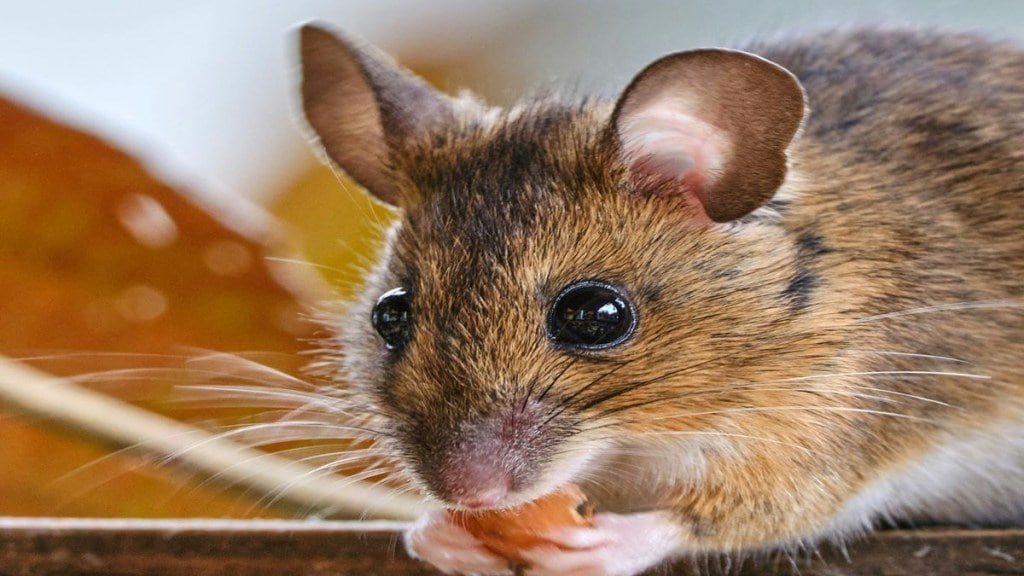The state of Oregon in the United States has reported the first case of the Bubonic Plague, infamously known as the Black Death. According to a report by news agency AP, public health officials of the state have reported a case of Bubonic Plague, first time since 2015, in a local resident who they said likely contracted it from a pet cat.
Dr. Richard Fawcett, the health officer for Deschutes County, said in a statement last week, as quoted by AP, all close contacts of the person and the cat have been contacted and provided medication.
On Wednesday, the county said that the case was identified and treated in its early stages and poses little risk to the community. According to a report by Science Alert, an infection like this usually starts with flu-like symptoms, including fatigue, fever, chills, and a headache.
However, in this case, the disease had progressed to the point of a draining abscess, called a “bubo”, which is a rare outcome nowadays. Reportedly, the patient is responding well to medicine.
According to media reports, it is still unclear how the infection spread from the cat to the owner. There is a possibility that if the cat was bitten by infected fleas, the pet might have brought the fleas home, exposing the owner, too. It is also possible that the owner may have been in contact with the cat’s own contaminated fluids.
In the 14th century, Bubonic plague deaths exceeded 25 million people which is equivalent to two-thirds of the population in Europe at the time. Rats traveled on ships and brought fleas and plagues with them. As most people who got the plague died, and many usually had blackened tissue due to gangrene, bubonic plague was called the Black Death.
What is the Bubonic Plague?
Bubonic Plague is a serious bacterial infection that is spread mostly to humans by infected fleas that travel on rodents. The infection killed millions of Europeans during the Middle Ages.
The bubonic plague is caused by the bacteria Yersinia pestis. It can spread through contact with infected fleas, as they pick up bacteria when they bite infected animals like rats, mice, or squirrels.
Bubonic plague is one type of plague. According to the Cleveland Clinic, it gets its name from the swollen lymph nodes (buboes) caused by the disease. The nodes in the armpit, groin and neck can become as large as eggs and can ooze pus.
What are the symptoms?
Bubonic plague symptoms include:
- Sudden high fever and chills.
- Pains in the areas of the abdomen, arms and legs.
- Headaches.
- Large and swollen lumps in the lymph nodes (buboes) that develop and leak pus.
According to Cleveland Clinic, symptoms of septicemic plague may include blackened tissue from gangrene, often involving the fingers or toes, or unusual bleeding. People with pneumonic plague may have additional trouble breathing and may cough up blood. Sometimes there are symptoms like nausea or vomiting.
How Bubonic Plague is caused?
Bubonic plague is a type of infection caused by the Yersinia pestis (Y. pestis) bacterium which is spread mostly by fleas on rodents and other animals. It is a type of zoonotic disease.
According to the Cleveland Clinic, cats in particular are vulnerable to plague and can be infected by eating sick rodents. Although person-to-person spread is unlikely, in rare cases of someone who has pneumonic plague (infected lungs) it is possible. In other rare cases, people have been infected with pneumonic plague by their dogs or cats.
How Bubonic Plague is diagnosed and treated?
A blood sample test is done to check if Y. pestis is present. The bubonic plague can be treated and cured with antibiotics. Antibiotics that treat bubonic plague include:
- Ciprofloxacin, levofloxacin and moxifloxacin.
- Gentamicin.
- Doxycycline.
If the Bubonic Plague is not treated on time, it can be fatal. Bubonic plague can lead to bloodstream and lung infections if it is not diagnosed early. These forms of the disease are more severe and difficult to treat.
How to prevent Bubonic Plague?
You can take the following steps to prevent bubonic plague:
- Prevent rodents (mice, rats, squirrels) and other wild animals to reside in or around your house. Don’t leave places for them to hide or food for them to eat.
- Use flea control products for your pets, especially those who are allowed to roam freely.
- Take sick pets to the veterinarian immediately.
- Don’t let pets who roam freely sleep in your bed.
- Wear protective clothing including gloves if you handle dead animals.
- Use insect repellent if you go into locations that may expose you to fleas. Use repellents that have DEET or permethrin.








